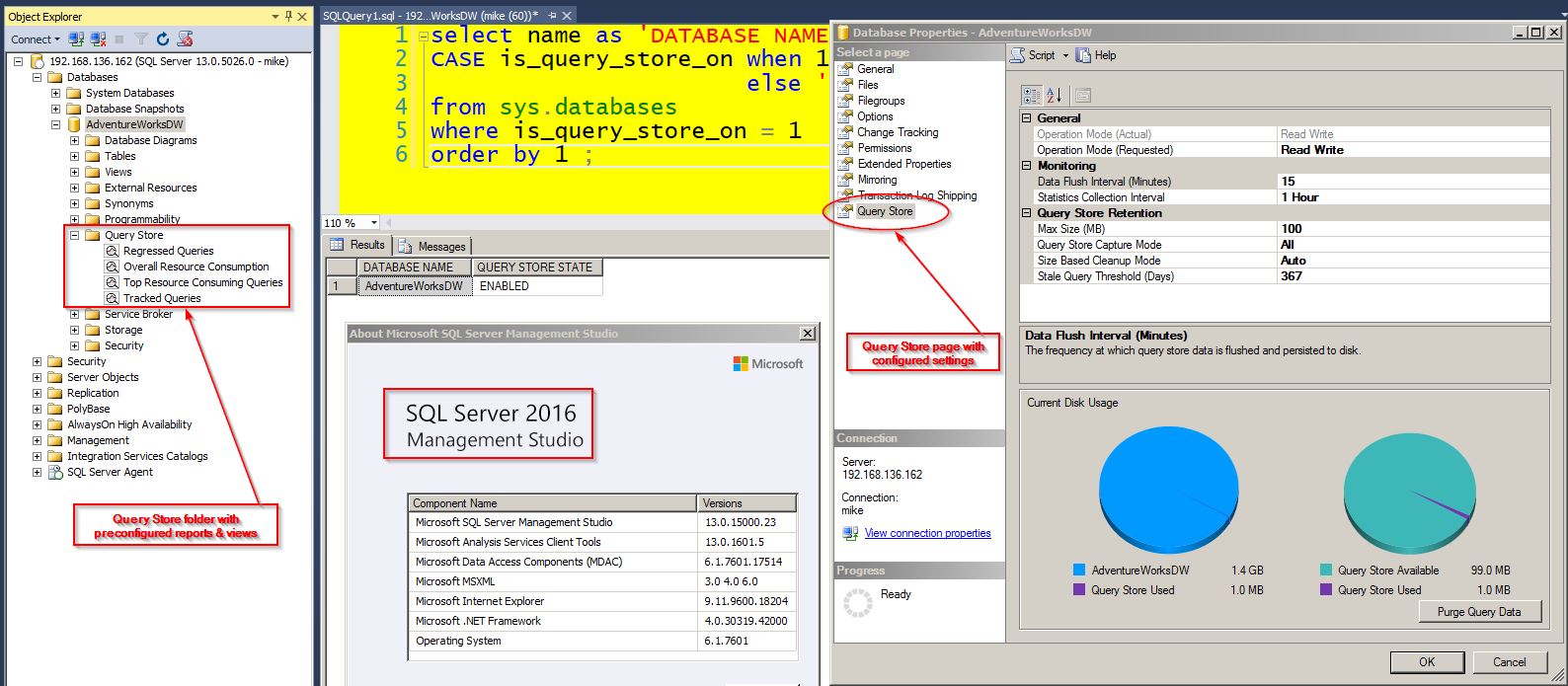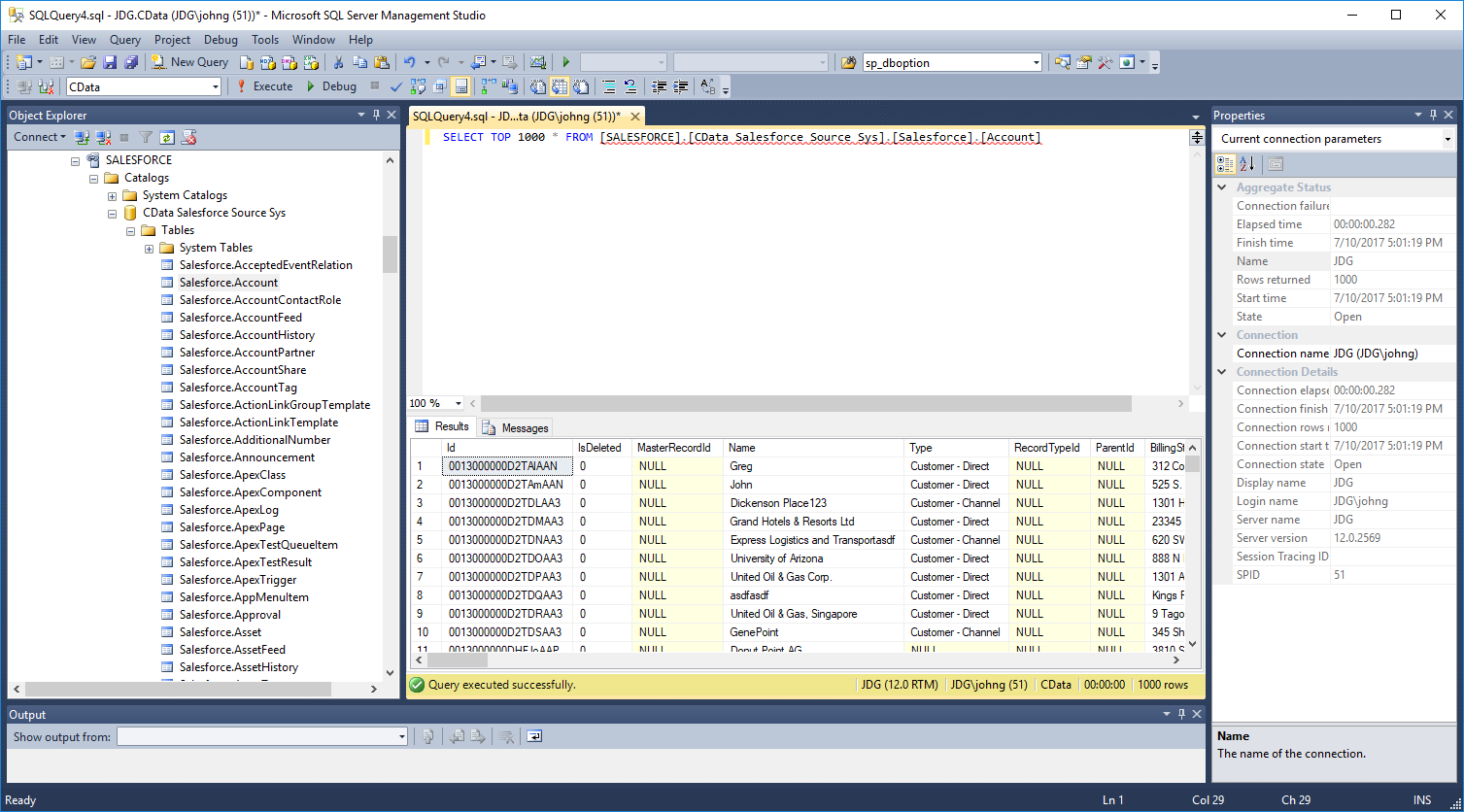

If we want SQL Server to return leading zeros, we can use the 0 format specifier: SELECTįORMAT(123456.789, '000,000,000.00', 'en-us') AS "US English",įORMAT(123456.789, '000,000,000.IF NOT EXISTS(SELECT * FROM sys.databases WHERE name = '$(DatabaseName)')įILENAME = 'C:\SQLCMD\data\EmployeeSampleData\$(DatabaseName)Data.mdf',įILENAME = 'C:\SQLCMD\data\EmployeeSampleData\$(DatabaseName)Log.ldf', Solution In this new SQL tutorial, we cover basic the SQL syntax for selecting, inserting, updating and deleting a table. That’s because we used the # format specifier.

Regardless, SQL Server chose not to return any leading zeros. In the above example, the format string includes more digits than the actual number. In both cases, I used the same format string, yet SQL Server returned the group and decimal separators that were applicable to the specified locale (which was specified with the third “culture” argument). This is true regardless of the locale being used – SQL Server will work out which characters to use for the group and decimal separators based on the current locale.įORMAT(123456.789, '#,#,#.#', 'en-us') AS "US English",įORMAT(123456.789, '#,#,#.#', 'de-de') AS "German" ) is a placeholder for the decimal separator. There are a number of methods of obtaining an execution plan, which one to use will depend on your circumstances.
#SQL SERVER MANAGEMENT STUDIO FORMAT QUERY FULL#
For example, the # character is a digit placeholder, the 0 is a zero placeholder, the comma ( ,) is a placeholder for the group separator, and the full stop (. In SQL Server Management Studio, under Tools menu, click Options as shown in the snippet below. If you want to change the default to some other option follow these steps. It’s also possible to use custom format specifiers to construct your own custom format strings. By default SQL Server Management Studio is configured to display query results in Grid format. If the third argument is omitted, the language of the current session is used. We can see that full stops are used as the group separator, and a comma is used for the decimal separator.

In this case I specify de-de as the culture, which means that the results will be formatted according to German conventions. This is important, because not everyone lives in a country that uses a comma as the thousands separator, and a full stop as the decimal separator.įurthermore, the FORMAT() function accepts a third optional “culture” argument, which enables you to explicitly specify the locale.įORMAT(123456.789, 'N', 'de-de') AS "Number",įORMAT(123456.789, 'P', 'de-de') AS "Percent",įORMAT(123456.789, 'C', 'de-de') AS "Currency" SQL Server is smart enough to know your current locale (based on the language of the current session), and formats the result according to that locale’s conventions.


 0 kommentar(er)
0 kommentar(er)
